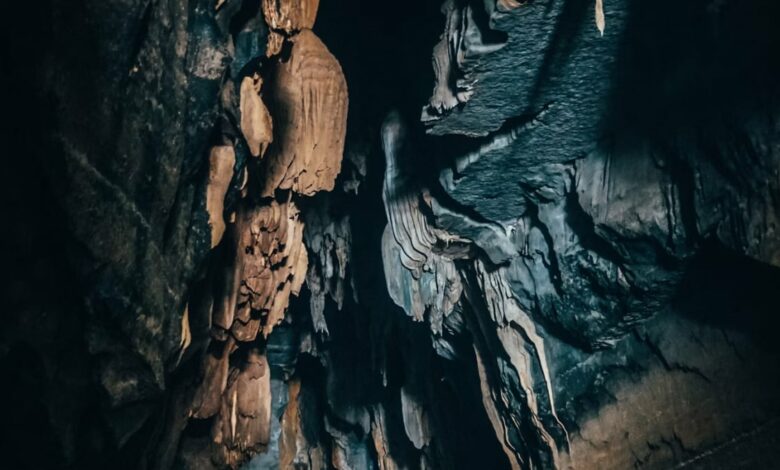People may have lived in settlements near West Papua 55,000 years ago

Recent archaeological research has uncovered evidence of humans living near West Papua more than 55,000 years ago, providing new insights into early human migrations to the Pacific. The discovery was made in Mololo Cave, located on Waigeo Island in the Raja Ampat archipelago. This significant find includes stone tools, animal bones and a tree resin artefact, highlighting the complex skills developed by these early settlers. These findings provide valuable clues into how humans adapted to the challenging environments of tropical rainforests and coastal areas during this critical period in human history.
Archaeological finds in the Mololo cave
The excavation of Mololo Cave is the result of an extensive international collaboration with experts from New Zealand, West Papua and Indonesia. The cave, surrounded by dense tropical rainforest, revealed several layers of ancient human habitation.
Carbon dating confirmed that humans were present at the site at least 55,000 years ago. One of the most intriguing discoveries was a tree resin artifact, which represents the earliest known use of resin outside of Africa. Likely used as a fuel source, this artifact shows the innovative approaches early humans used to thrive in their environment.
Sea routes to the Pacific Ocean
The study also sheds light on the routes early humans took as they migrated to the Pacific region. The evidence supports the theory that the earliest seafarers travelled along a northern route through West Papua, before eventually reaching Australia. This challenges the previously held belief that a southern route via Timor was the primary route. Understanding these migration routes is essential, as it provides a clearer picture of how quickly humans spread across Asia and Oceania, and how they interacted with other species, such as the “hobbit” (Homo floresiensis) in Indonesia.
West Papua’s role in human migration
Despite these recent findings, much of West Papua’s ancient history remains a mystery due to political and social challenges in the region. new research stresses the importance of continuing archaeological work in this area to gain a deeper understanding of the origins and adaptations of early Pacific settlers. Continued excavations and studies in West Papua will help fill the gaps in our knowledge about early migration patterns and the development of human societies in this vast and complex region.
Implications for future research
The discoveries at Mololo Cave are just the beginning of a broader exploration of West Papua’s role in human history. As researchers continue to explore the region, they hope to find more evidence that will provide insight into how early humans adapted to different environments, from dense rainforests to coastal areas. These findings will not only contribute to our understanding of human migration, but also provide a more detailed picture of the diverse strategies our ancestors used to survive and thrive in new and challenging landscapes.




